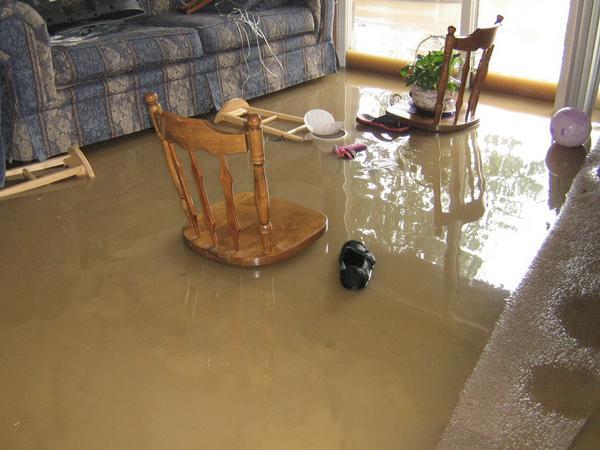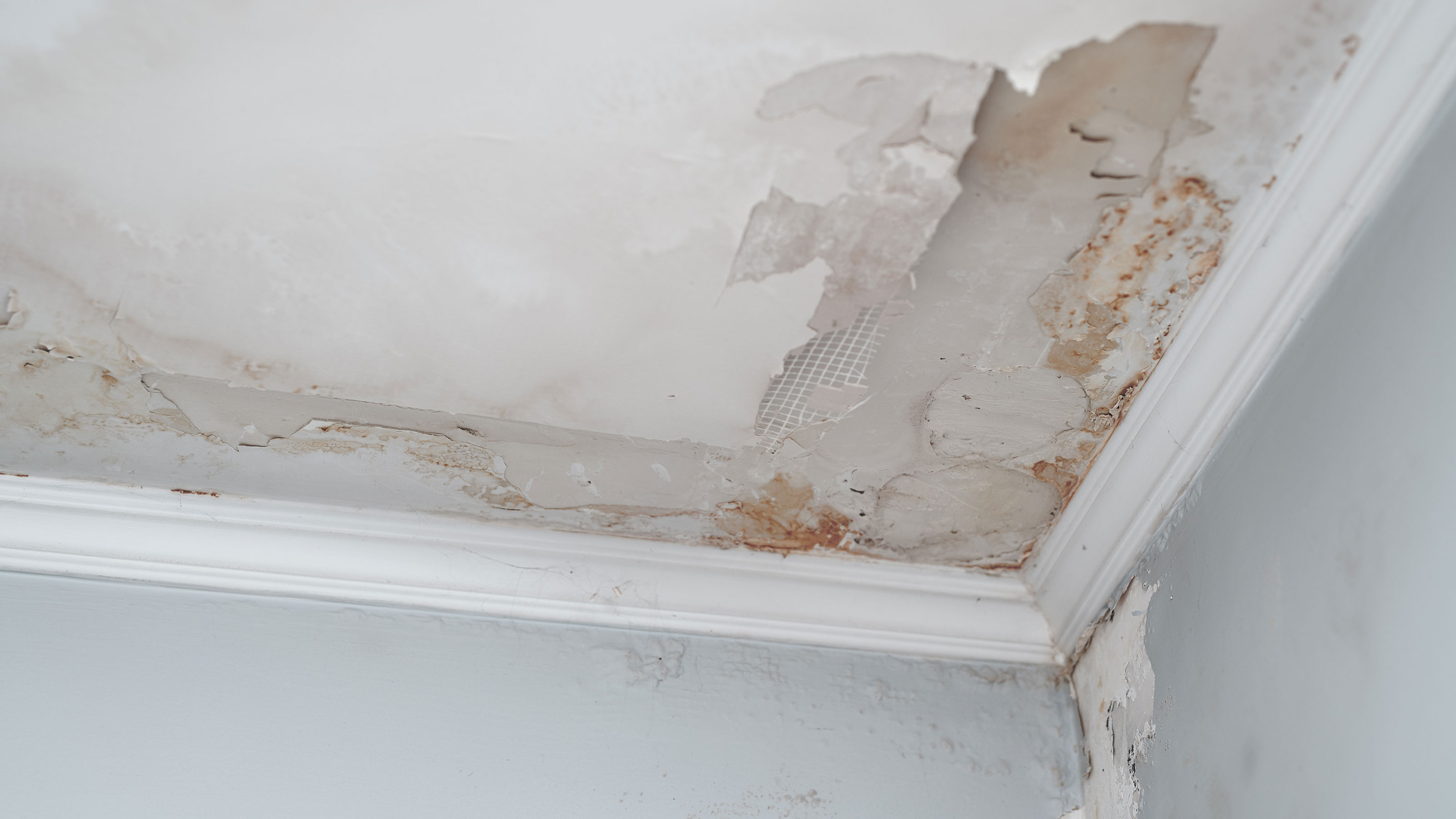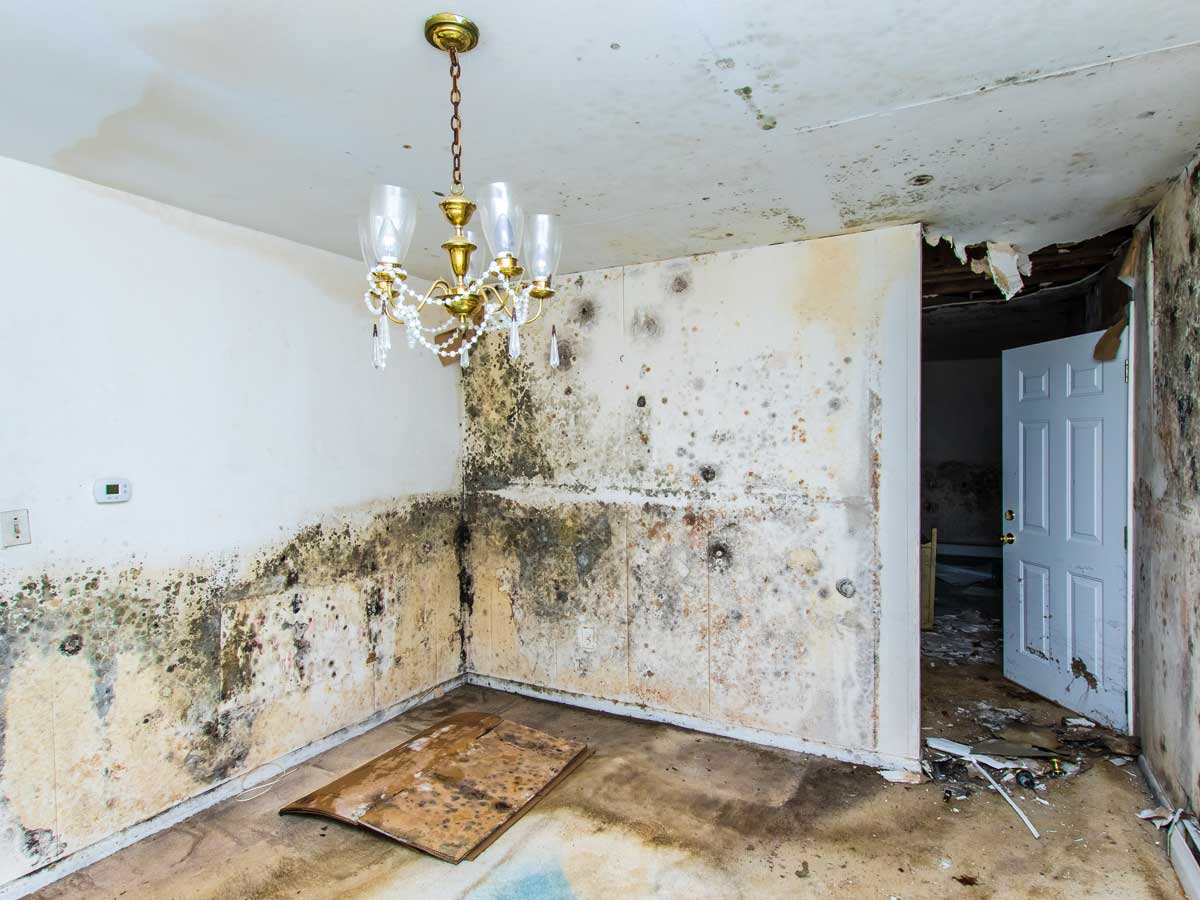The Refine of Water Damages Cleaning: Ensuring Your Home Is Restored Effectively
Water damages can be a difficult difficulty for home owners, demanding a structured and careful cleanup procedure to recover security and capability. Initially, a detailed analysis is crucial to identify the degree of the damage and figure out the ideal removal procedures. Following this, reliable water removal strategies play a critical duty in reducing more damage. The nuances of drying, sanitizing, and eventual repair are similarly necessary and frequently neglected. Recognizing these phases can make a substantial difference in the end result of your home's remediation, triggering a closer take a look at what each step entails.
Examining the Damage
Upon finding water damage, the very first step is to thoroughly analyze the level of the influence. This initial assessment is crucial, as it assists establish the necessary steps for reliable clean-up and restoration. Begin by checking the influenced locations, consisting of wall surfaces, ceilings, floors, and personal items, to identify the source of the water intrusion, whether from flooding, leakages, or condensation.
Documenting the damage is vital for both insurance policy cases and planning restoration initiatives - damage restoration services. Use photos and created notes to record the severity of the damages, noting any damaged structural aspects and products. Pay unique focus to areas that might not be quickly noticeable, such as behind wall surfaces and under rugs, as concealed dampness can cause further complications, consisting of mold and mildew development
In addition, assess the timeline of the water exposure. The longer the materials stay wet, the higher the potential for damage. Recognizing the duration of direct exposure will inform the seriousness of remediation efforts. Inevitably, an extensive evaluation prepares for an effective water damage clean-up procedure, ensuring that all impacted areas are addressed efficiently and completely.
Water Extraction Techniques

Specialists generally use submersible pumps for bigger volumes of water, which can quickly minimize flooding in basements or various other influenced areas. For smaller sized quantities, wet/dry vacuum cleaners are often used to remove residual moisture from carpets and hard surfaces. Additionally, utilizing mobile extractors enables for targeted elimination in restricted spaces or locations with fragile materials.
In instances of contaminated water, such as sewage or floodwater, progressed extraction methods might entail the usage of biohazard devices to guarantee safety and security and compliance with wellness regulations. High-powered removal devices are vital in reducing water retention in structural products, which can cause mold and mildew growth and structural wear and tear otherwise attended to without delay.
Eventually, the efficiency of water removal techniques plays an essential function in the overall success of the water damages clean-up procedure, preparing for subsequent remediation initiatives.
Drying and Dehumidification
When standing water has been properly removed, the following critical phase in the water damages clean-up procedure is drying and dehumidification. This step is vital to prevent additional damages and mold and mildew development, which can occur within 24 to 48 hours in wet environments.
To attain efficient drying, specific tools such as industrial-grade air moving companies and dehumidifiers is employed. Air moving companies distribute air throughout wet surface areas, enhancing evaporation rates, while dehumidifiers minimize humidity levels airborne, advertising water damage repair orlando a conducive setting for drying out. The combination of these tools guarantees that moisture is attracted out from floorings, furnishings, and walls, permitting them to completely dry thoroughly.
It is crucial to monitor the drying process very closely. Professionals commonly use moisture meters to evaluate the dampness content in numerous products, guaranteeing that all impacted areas get to acceptable dry skin degrees. This meticulous approach helps to avoid surprise moisture pockets that might bring about architectural damage or undesirable mold growth.

Cleansing and Sterilizing
After the drying out and dehumidification phase is complete, the following crucial action in water damages cleaning is cleaning up and sterilizing the influenced locations. This procedure is vital to stop the growth of mold, germs, and various other virus that prosper in damp atmospheres.
The cleansing phase generally entails removing any debris, dirt, and impurities from surface areas utilizing specialized cleaning representatives. For difficult surface areas, a combination of soap and water or commercial cleansing products is often utilized. Soft materials, such as furniture and carpetings, might call for extra considerable cleaning approaches, including steam cleansing or deep extraction techniques, to make sure detailed cleanliness.

Sanitizing complies with cleansing, utilizing EPA-approved anti-bacterials to get rid of harmful microorganisms. This action is important, particularly in areas that might have come into call with floodwaters or sewer, as these sources can posture significant health and wellness dangers.
Furthermore, it is essential to address any kind of remaining smells, which may require the use of smell neutralizers or advanced methods like ozone treatment. Correct cleaning and sanitizing not only recover the safety and security and hygiene of your home however additionally prepared for effective repair and repairs in subsequent phases of the water damage cleaning process.
Remediation and Repair Work

As soon as the analysis is total, repair efforts can start. This typically includes repairing or replacing damaged products, ensuring that all job follows neighborhood building regulations and requirements. For circumstances, if drywall has been endangered, it will require to be removed and changed with new material. In addition, flooring might call for similar attention, depending on the level of water direct exposure.
It is crucial to involve knowledgeable reconstruction experts throughout this process, as they have the know-how to manage complex repair work successfully. They can aid alleviate prospective future issues, such as mold and mildew development or architectural instability, thus guaranteeing a habitable and secure living environment. Eventually, efficient repair and repair work bring back the home's integrity and improve its total value.
Verdict
To conclude, the procedure of water damage cleaning is crucial for recovering a home to its pre-damage condition. Each stage, from examining the damage visit this website to executing effective water removal strategies, adhered to by comprehensive drying, sanitizing, and necessary fixings, plays an important role in making sure security and compliance with structure requirements. Reliable execution of these steps not only reduces instant damages however additionally boosts the long-term stability and value of the residential or commercial property.
Water damages can be an overwhelming difficulty for property owners, demanding a thorough and organized clean-up process to recover safety and functionality. Ultimately, an extensive evaluation lays the groundwork for a successful water damage cleanup procedure, guaranteeing that all impacted locations are dealt with efficiently and extensively.
Efficient water removal methods are vital in minimizing damages and preventing more complications following a water breach event.In verdict, the process of water damage clean-up is crucial for recovering a home to its pre-damage condition. Each phase, from evaluating the damages to carrying out efficient water extraction methods, complied with by extensive drying out, disinfecting, and required repairs, plays a vital role in ensuring safety and conformity with structure requirements.